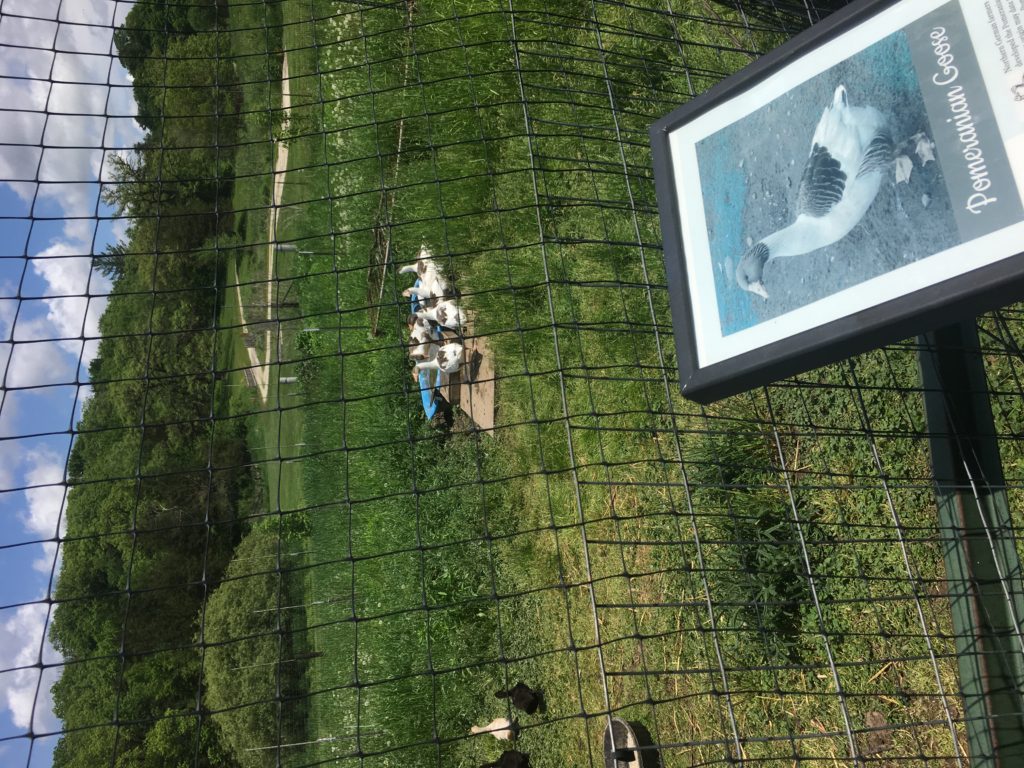May 30, 2019
Our Thursday morning started off differently than the norm of board meetings and presentations. We were able to help Koby Jeschkeit-Hagen and her field crew work in the fields at Seed Savers Exchange in Decorah, Iowa. Seed Savers Exchange was founded in 1975 and as a nonprofit its aim is to “conserve and promote America’s culturally diverse but endangered garden and food crop heritage for future generations by collecting, growing, and sharing heirloom seeds and plants.” Once we finished assisting the field team with weeding, we headed to the Oneonta community food coop where we had lunch and a quick tour.
After lunch and our tour of the coop, we headed back to Seed Savers Exchange to get a tour from Jeanine Scheffert. We were shown two different gardens; one being their display garden which features varieties from their collection and catalog and Diane’s garden which is designed and maintained by co-founder Diane Ott Whealy. We were also able to see where they keep their ducks (who have their own swimming pool), their turkeys, and their chickens. This was interesting since earlier in the trip at the Amish and Welsh’s farm we were able to see chicken operations that were comparatively very different. The Amish farm was very similar to what we saw today at Seed Savers Exchange– a hen house that allowed the chickens to move in and out of with ease. The chickens at the Welsh farm were constrained inside with very little space to move around.



After our tour, we meet with Phil Kauth of the preservation division. He showed where us they keep their various seeds in refrigerators and a seed vault. They are safeguarded to protect the history of the seeds that have been passed down from generation to generation and the biodiversity of the food system. He also explained to us that they ship some of their seeds to the Svalbard Global Seed Vault in Norway as a backup. This vault is a global seed storage facility that houses duplicate seeds from all over the world. I first heard about the existence of this vault in a sustainability class so it was really interesting to see first hand how a U.S. seed bank works with it to save thousands of seeds from extinction. The seeds sent there by the Seed Savers Exchange can be withdrawn from the Vault at any time, but only by their organization. We then meet with Sarah, Seed Savers Exchange’s historian, who researches the story of each variety and documents its history and the lives of the people who brought it to the collection.
To end the day, we met with Lindsay Lee, an orchardist, who showed us his apple orchard and the different types of apples they have on their property. It was interesting to visit the Seed Savers Exchange after we meet with Steve Carlson from Practical Farmers of Iowa who used to work there and told us much about their practices.
Learning about the preservation of these heirloom seeds makes you wonder if, in the future, genetically engineered seeds will be stored in the vaults in Norway.
